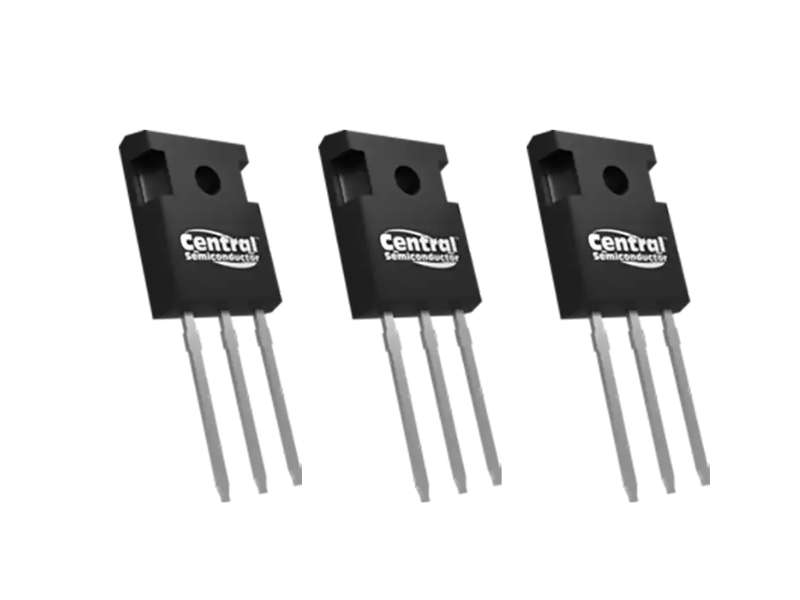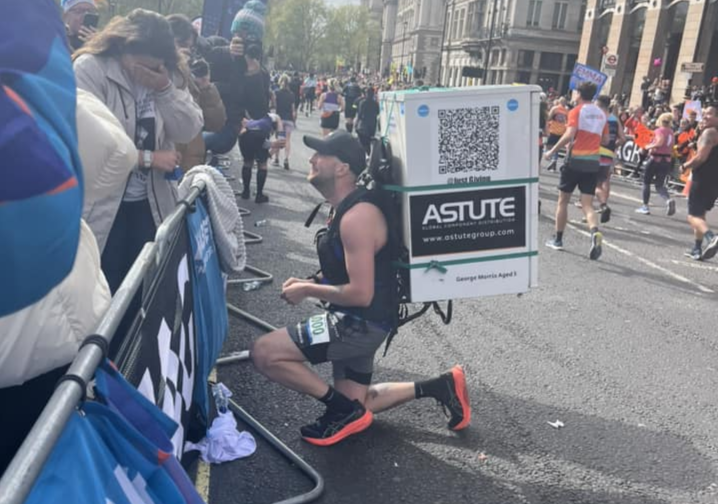As Artificial Intelligence (AI) facilitates the need for more sophisticated semiconductors, newly emerging techniques in AI have become highly important in continued growth within the chip-manufacturing space, reports The Washington Post and is summarised here.
Data collection and analysis, using machine learning – a sector of AI – has become a keystone of the entire semiconductor production and testing process. As estimated by Intel Corp., the production and testing period of some chips can generate up to100+ petabytes of data, which summates to a video of over 170 years if put on YouTube. This underlines the crucial points of importance for AI, as human capability has been replaced by AI systems when dealing with chips and their small-scale, complex components.
Photolithography is an imperative step as part of the semiconductor chip production cycle. This method is a means of capturing and printing patterns on a prepared slice of silicon, with light being projected and refracted through a glass mask to do the same. Pretty much like an old-school photography darkroom, but on such a small scale that any errors or distortions in the design simply cannot be tolerated like with much larger geometries. This is resolved by a technique known as ‘optical proximity correction’ (OPC) – added shapes within the design that work together in congruence with the original artwork to marble out any errors made by photolithography.
As fabrication technologies have, and continue to, develop and get even smaller for new chips and components – the tolerances for errors become less and less, and that’s where Inverse Lithography Technology (ILT) is a saviour. With hundreds of parameters to consider – e.g. from light intensity, wavelength, and chemical properties to the width and depth of circuitry – ILT is extremely data-driven. This is obviously where AI plays a massive role, alongside mathematical equations to eventually reach a desired goal.
Nvidia has led the way in AI chips but famously started its venture into computing 30 years ago by making Graphics Processing Units (GPUs) for computers. Of course, now GPUs have been created with the intention of powerful parallel computing, which the company has used in combination with its library of software to make lithography more efficient. As a whole, they offer design tools, algorithms, and graphics processors, all branded according to the ‘cuLitho’ product label – working with well-known companies like TSMC and Synopsys Inc.
It has been predicted that, by using this suite of products, they may be able to speed up the lithography process by more than 40 times.
In summary, it can be seen that AI and associated techniques are a prominent factor when it comes to continuing the development of new and exciting chips.
To avoid electronics supply-chain disruptions, you may also wish to consult an expert in electronics component supply. With more than three decades of supply-chain expertise, Astute Electronics is ideally placed to work with you on your daily component requirements.
For more help with looking at supply chain options, contact Astute Electronics






